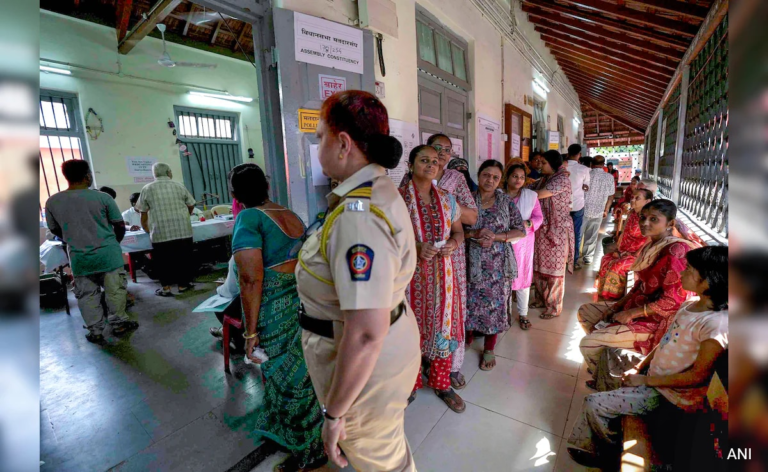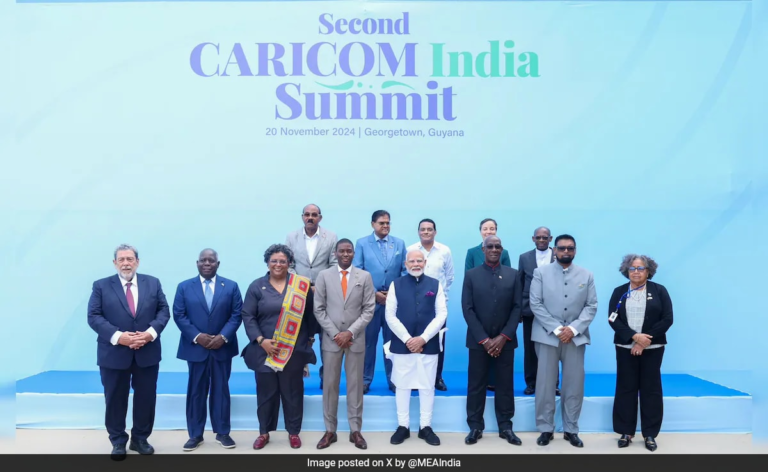
India’s apex medical research body, the Indian Council of Medical Research (ICMR), released new dietary recommendations for Indians this week, pointing out that food and lifestyle choices alone may be to blame for over half the disease burden in the country. A balanced diet must have no more than 45% of the calories from cereals, and pulses, beans and meat should be limited to 15% of the meal’s calories. The rest should come from nuts, vegetables, fruits and milk, the recommendation stated. Consumption of salt, sugar and ultra-processed foods must be limited and oils and fats should be used in moderation. The 17 dietary guidelines, in a nutshell, seek to nudge people into consuming foods with essential nutrients and limiting those that contribute to what has been an explosion of lifestyle diseases, such as obesity and diabetes.

This surge in preventable disease has been well documented. The ICMR guideline notes healthy diets and adequate physical activity could prevent up to 80% of type-II diabetes and a substantial proportion of coronary heart disease. Most Indians today consume meals containing an excess of carbohydrates, snack mostly on ultra-processed foods, and finish it off with saccharine desserts. Meals are often cooked in excess or unhealthy oils, clarified butter or fat. Together, they create an unhealthy cocktail that leads to excess calorie intake, triggering fat build-up, driving up blood vessel-choking cholesterol, and creating or exacerbating deficiencies in micronutrients. It is easy to imagine this anecdotally – what proportion of your plate is made up of carbs such as rice or rotis? How sweet is your tea? And how often do you reach for a bag of chips?
The challenge of fixing the diet of any population is not easy by any measure. India is one of the grain bowls of the world, making carbohydrate-heavy cereals and starchy vegetables cheap. Then there is the march of modernity with its quick-service, gig-worker-delivered, discounted fast food and ready-to-eat meals. Adding to this is a population that is increasingly sedentary. It is about time India’s policymakers and health authorities double down on advisories such as the new dietary recommendations to stem this slide in public health. Nutrition labels and classification of unhealthy foods will be crucial, as will public infrastructure that makes walking, exercising or cycling easy. But the biggest change needs to come from within — it must start with educating oneself on what to eat and how much to eat.







